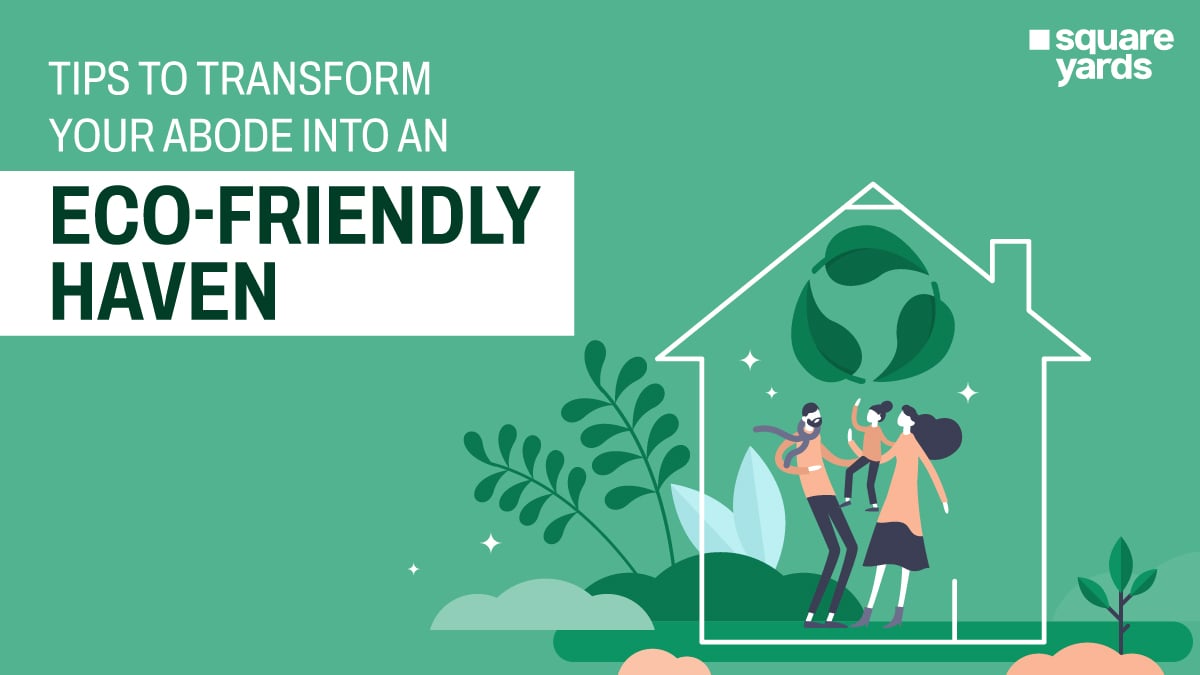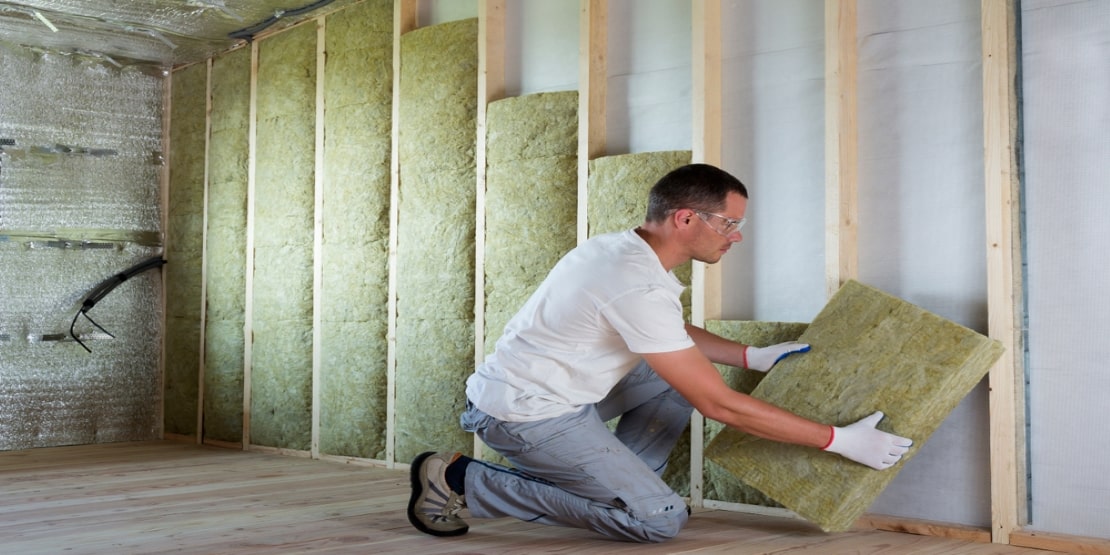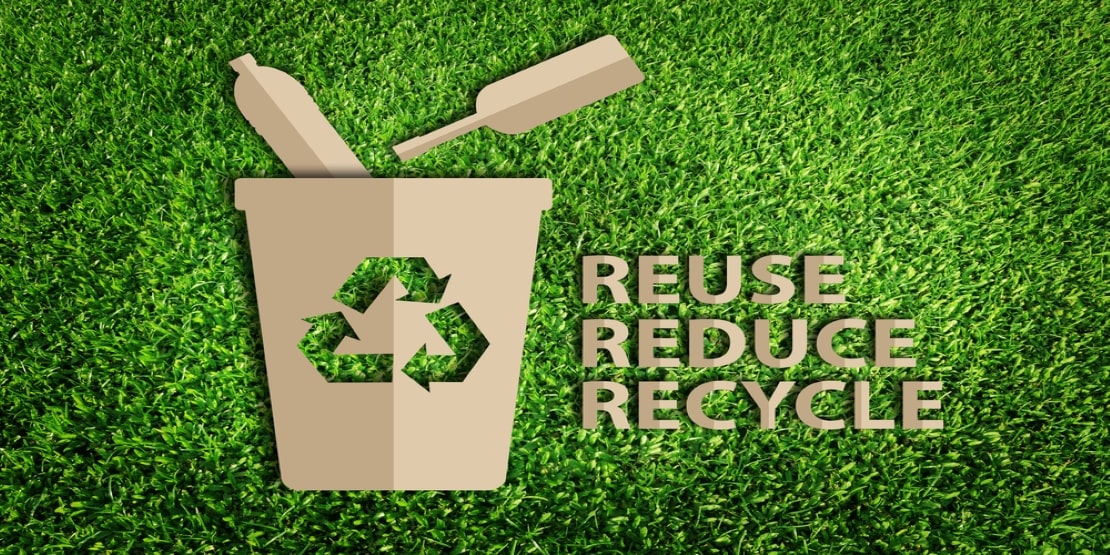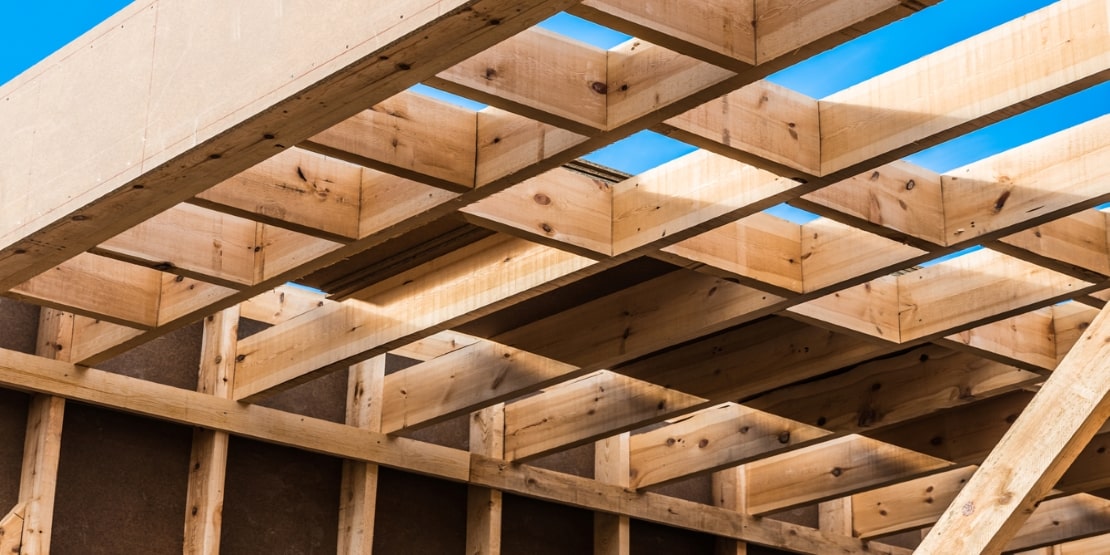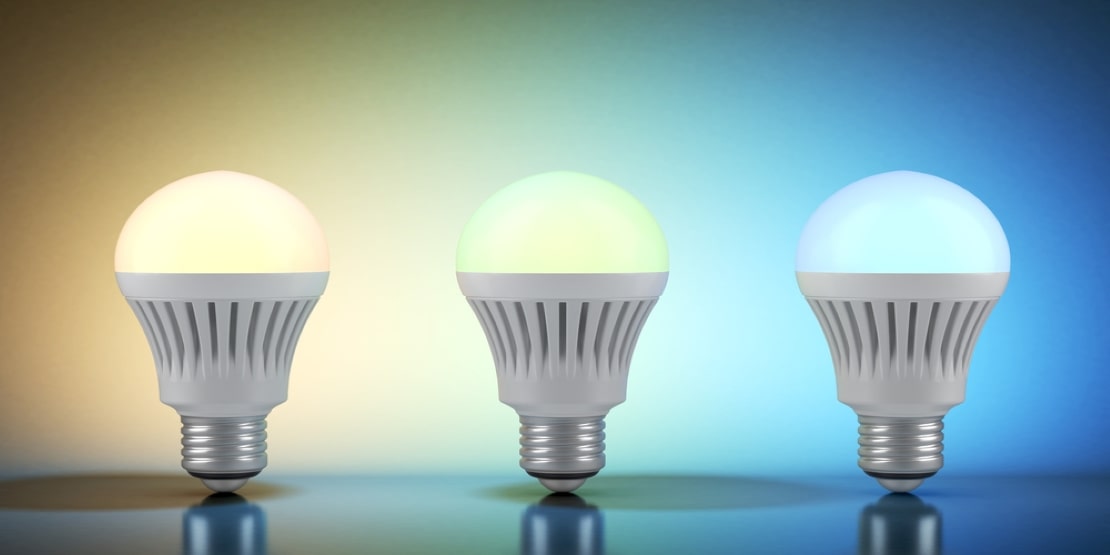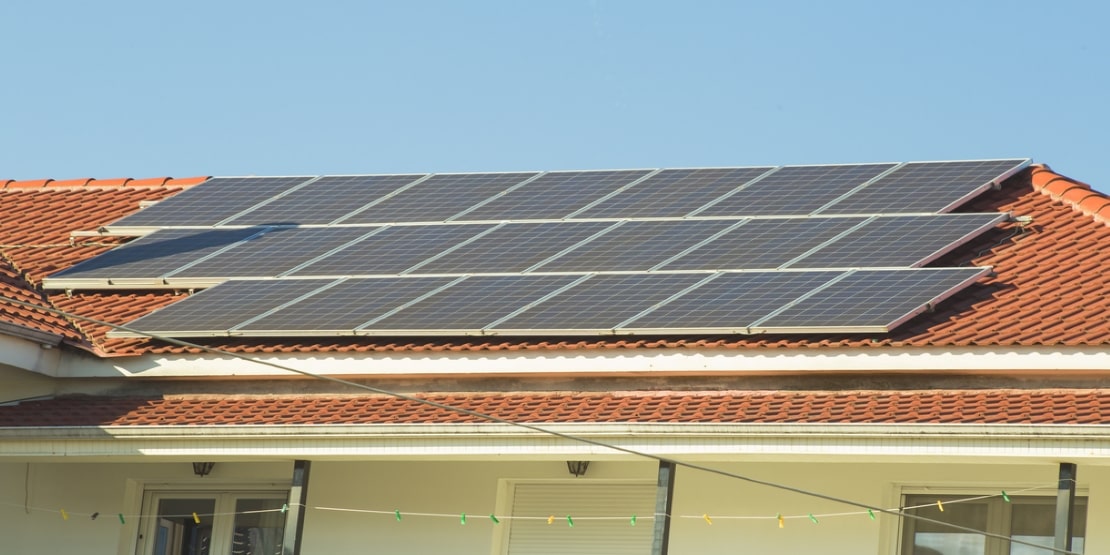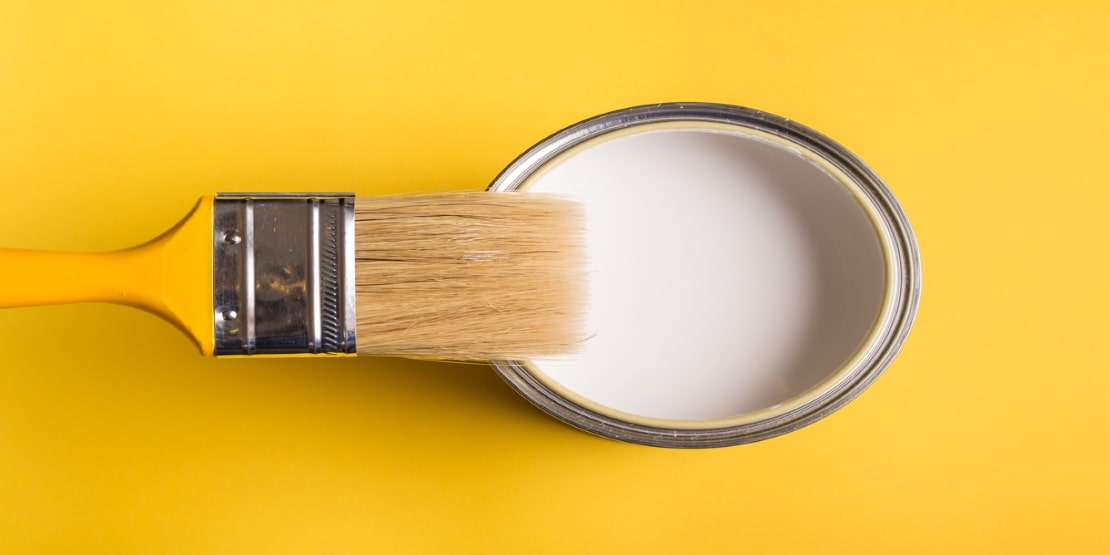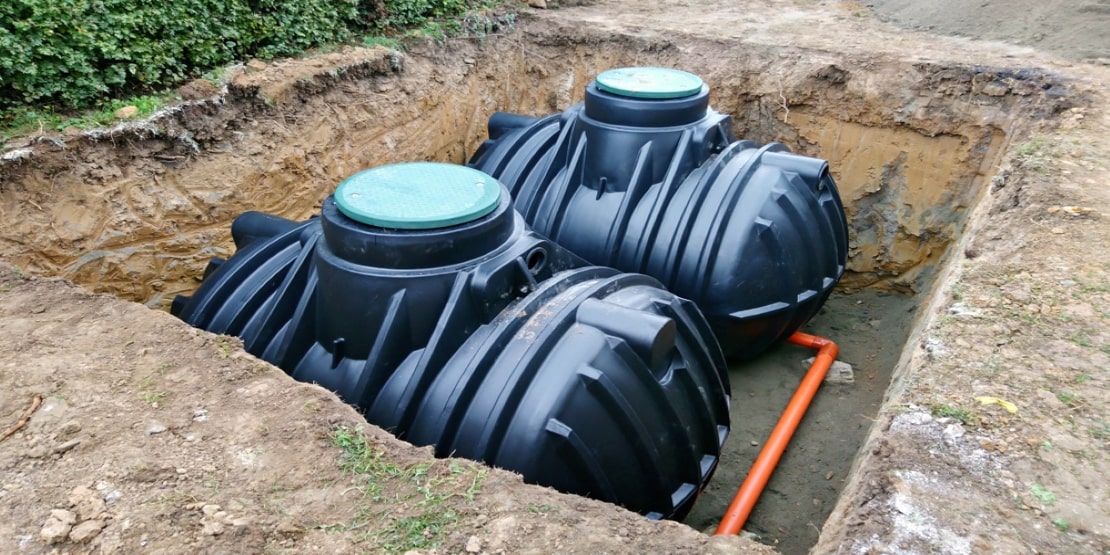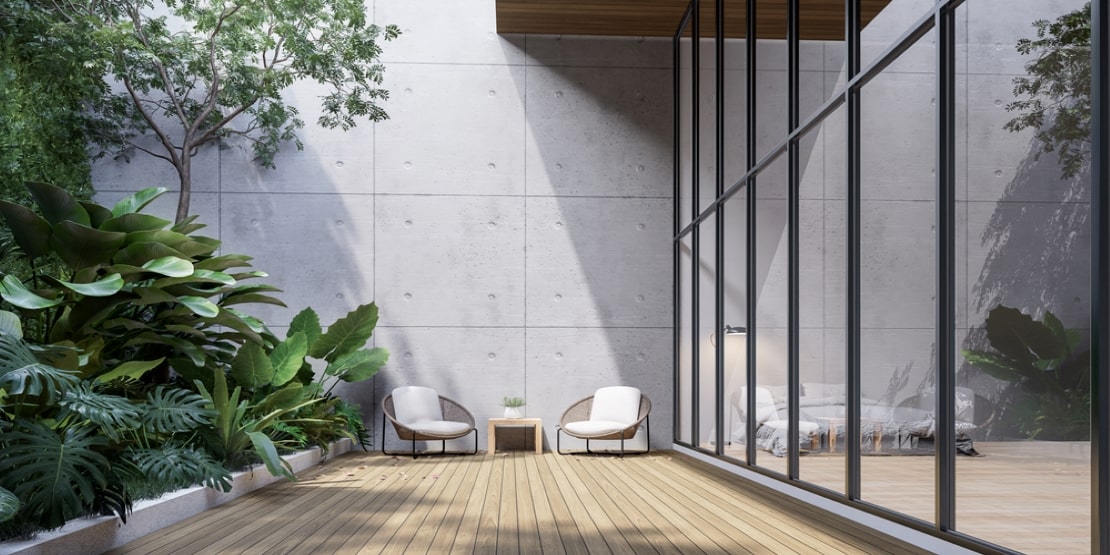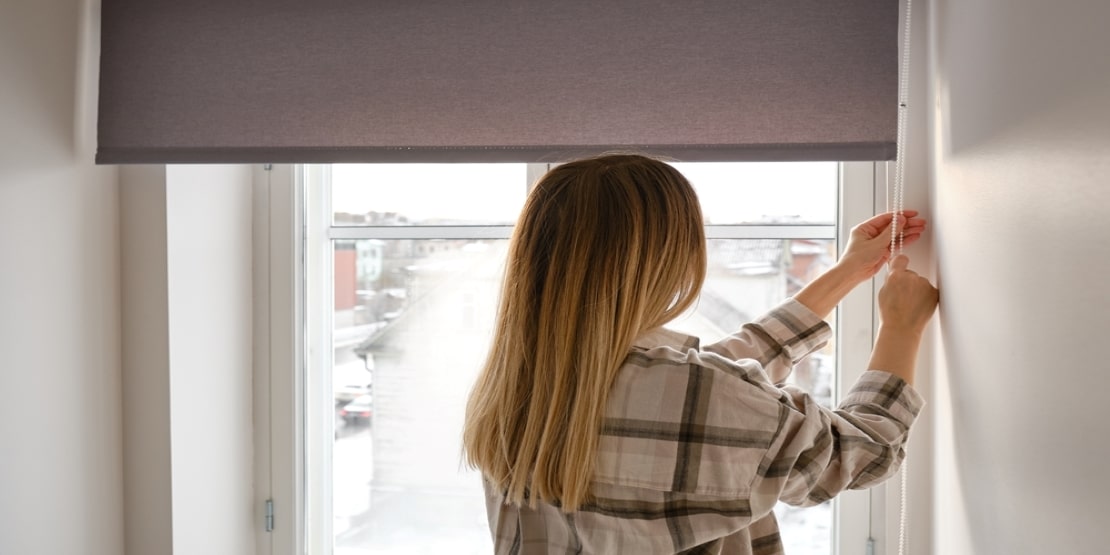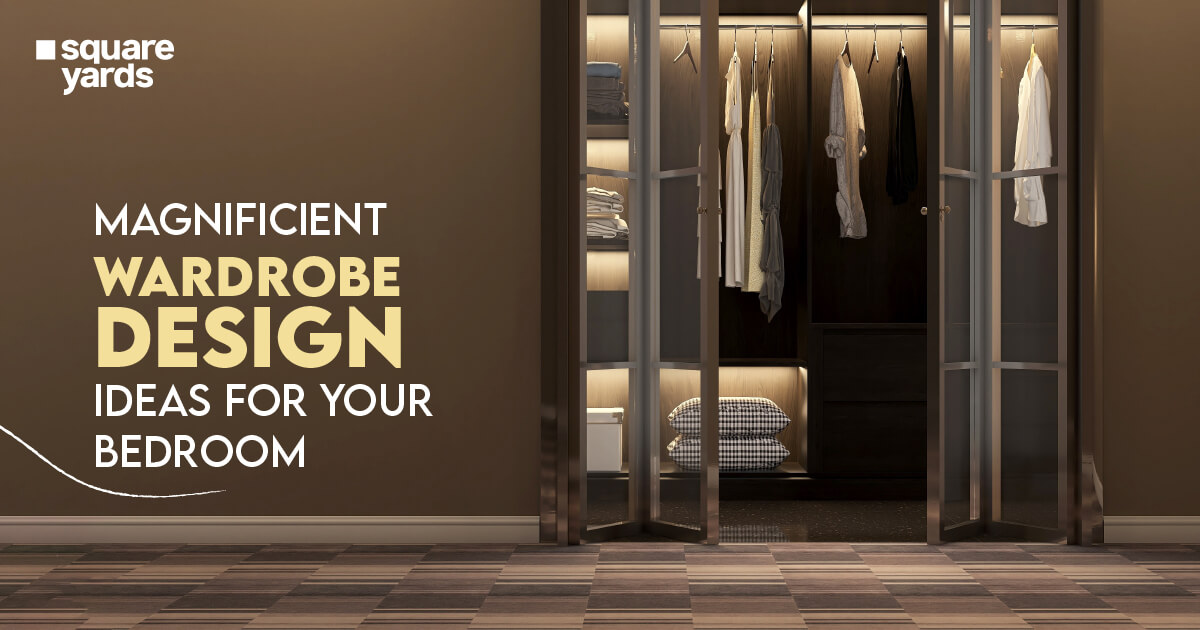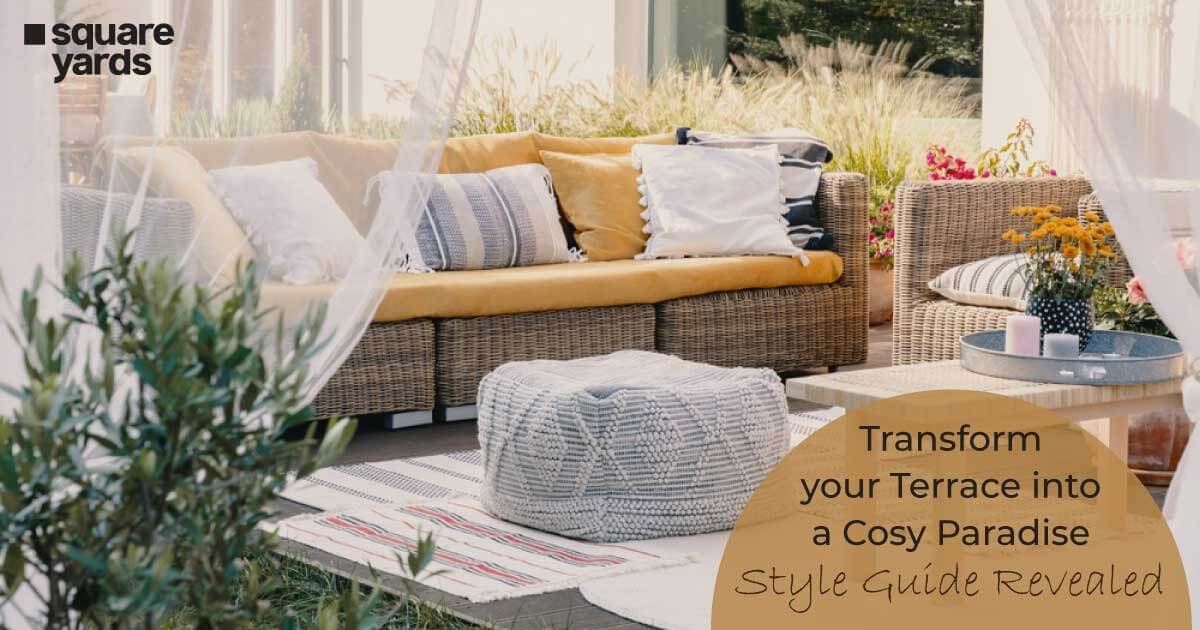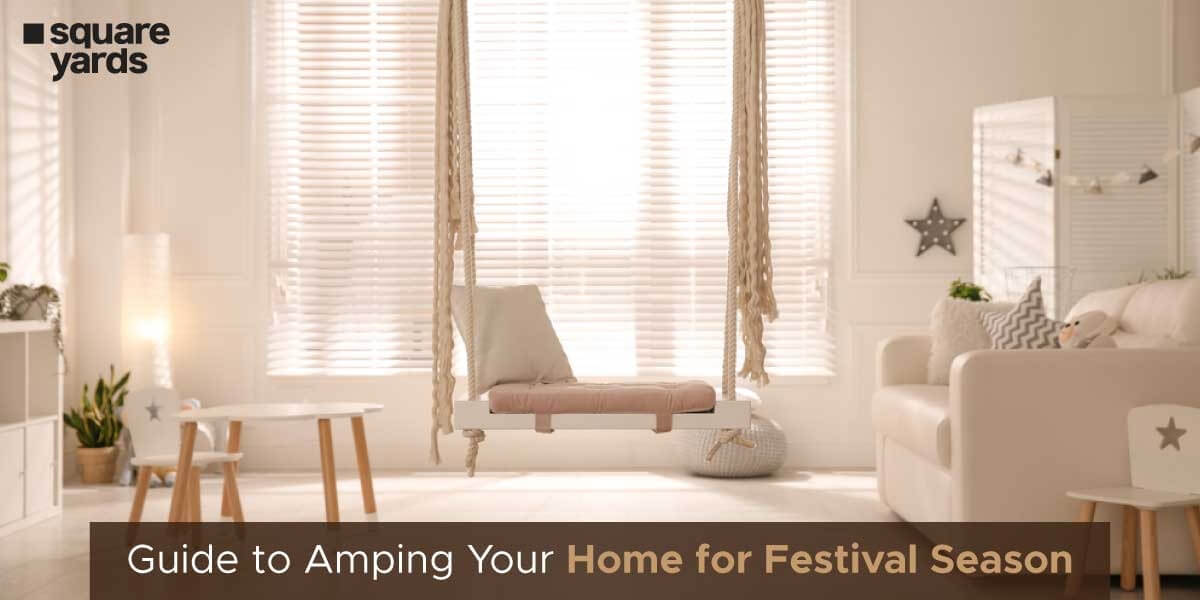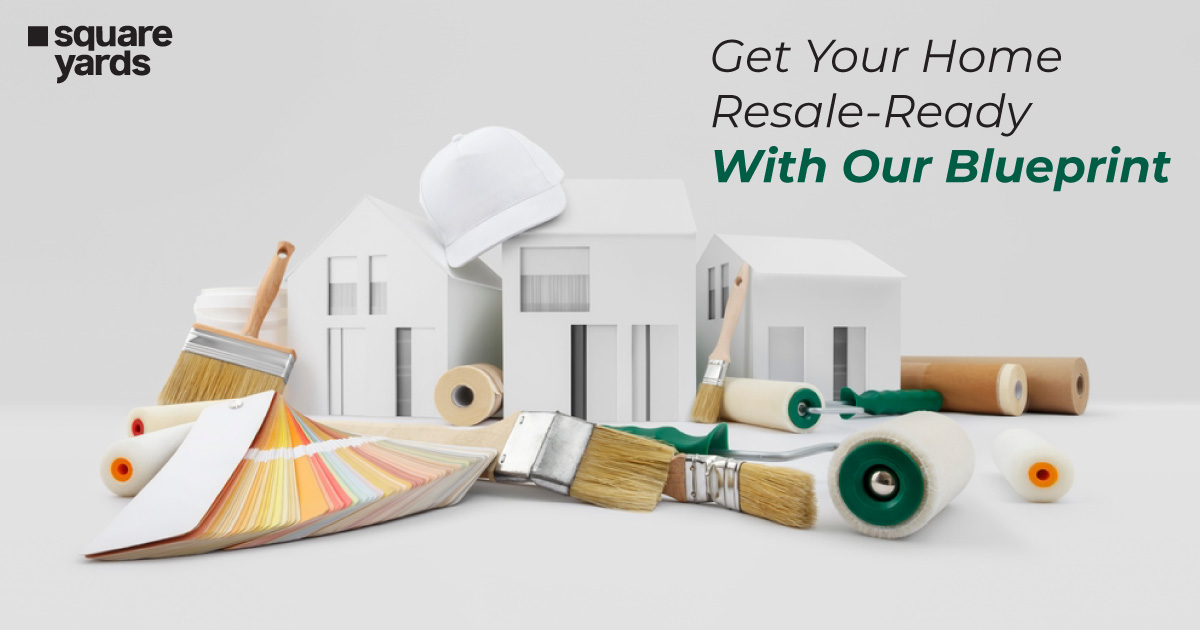With the constantly changing environment around us, it’s essential to be actively aware and take a conscious step towards safeguarding the environment. Building an environmentally friendly home needs a holistic approach to convert the existing space into a greenhouse. These changes are budget-friendly and they don’t take a lot of time; however, they are efficient and encourage a more sustainable way of life. There are various ways that can be implemented in creating a green space that supports a healthy body and mind. An eco-friendly house is highly economical in the long run, with energy savings and reducing the utility bills as well as increasing home value.
Tips to Transform your Abode into an Eco-Friendly House
This blog highlights 10 simple ways that you can follow to make your home and lifestyle more environment-friendly.
-
Insulate Your House
Insulation is one of the most essential things that you need to consider while building an eco-friendly home. Heating and cooling hold up 50% of your home’s energy consumption. Don’t let heating and cooling of the air of your living space go waste through improper insulation. Adding insulating materials will act as a barrier to heat flow and is essential for keeping your home warm in winter and cool in summer. It’s a smart way to save money on electricity bills.
-
Reuse, Reduce, Recycle
The three main factors that help in making your home green without overdoing it are reducing, reusing and recycling. Try to reduce your need for buying new products that are not environment friendly that can help in saving up the money. Reuse your old material like wood floors, doors, and windows in your next home. Prefer recycled materials such as recycled glass, aluminium, recycled tile, and reclaimed lumber that can be used in green homebuilding.
Not just recycling, you can also upcycle home furniture by refurbishing it while creating an entirely new look. So next time you can need to give your house a fresh look, consider upcycling furniture with a fresh coat of paint or polish can go a long way.
-
Build with Sustainable Materials
If building an Eco-friendly home is your goal, then using sustainable products should be on your list. Today, many options exist when selecting environmentally responsible building materials including sustainability-certified wood products, reclaimed lumber or salvaged wood and insulation made up of recycled materials.
Moreover, another advantage of carefully selected building materials is purified indoor air quality. Various sorts of carpeting, wall coverings, stains and paints release volatile organic compounds and other air pollutants. Healthier alternatives exist, like organic paints and hard-wax oil for floors to limit the negative impacts on the environment as they easily break down without the release of toxins.
-
Invest in Smart LED Bulbs
Minimizing energy use for lighting, while optimizing light for residents, is an important feature of an environmentally friendly house. LED lights are more energy-efficient than CFLs, last many years longer, and contain no mercury. Using LED lighting can help make your home run more efficiently they can meet a variety of lighting needs from very bright white light to soft, warm light. To create an energy-efficient home, select the right LED lights, locate lights strategically, and utilize natural light as effectively as possible in your home.
-
Install Solar Panels
Solar energy is a clean and more sustainable alternative power source. Solar panels are emerging and don’t produce greenhouse gases which helps combat the negative effects of climate change. By installing solar panels, homeowners can become energy independent, slash their utility bills, and feel satisfied knowing they are being environmentally responsible. They may be expensive at first, but now photovoltaic solar panels are getting cheaper and more efficient, so consider the switch!
-
Pick Water-based Paints
While decorating your environment-friendly house, opt for water-based paints that contain natural pigments. Most paints currently used in home decor are oil-based. Water-based paints are eco-friendly and emit fewer toxins, which reduces indoor air pollution. Furthermore, water-based paints offer a nicer variety of colours and are more aesthetically pleasing.
-
Rainwater Harvesting
Rainwater harvesting is one of the best methods of water management as it helps store and reuse rainwater during periods of water scarcity. For individual homes, rooftop rainwater harvesting, or a rain barrel/cistern can help collect it, instead of letting it run off. This is an essential feature of eco-friendly house. However, remember that rainwater should never be used without being treated.
-
Decorate with Plants
Plants are not only gorgeous, but they also make you feel relaxed, de-stressed and purify the air, allowing you cleaner air amidst a polluted built environment. Air pollutants can cause health problems like dizziness, headaches and eye irritation. The addition of plants in the home can reduce air pollutants.
-
Add Window Treatments
The curtains and blinds allow keeping the heat and cool air outside. Despite keeping your windows closed, heat and cold air can still creep in. If you don’t have a big tree to protect your home from the sun during the summer months, your home can feel like an oven. Upgrading your curtains and blinds is definitely a great way to maintain the temperature and make your home more environmentally friendly. Using the AC all day every day is definitely not.
-
Smart Thermostats
Go green by installing a smart thermostat to monitor your cooling and heating systems. It can reduce the cost of your utility bill and make your home more eco-friendly at the same time. With this, you can easily schedule your HVAC to run less while you’re out for the day, consuming less energy by cooling your home only while you’re in it. These digital thermostats can make a huge impact on your energy efficiency.
Small Steps to a Green Future
Some people think that becoming sustainable can be a costly or difficult venture. However, there are simple and easy ways in our day-to-day life that can help you save both the money and the effort that goes into making an extensive eco-friendly home.
- Instead of using plastic or paper bags use reusable grocery bags.
- Turn off any lights or appliances when you don’t use them.
- Unplug the switches when you’re not using something as it’s still eating away at potentially saved energy.
- Dry laundry on a clothesline as it can reduce energy usage from major appliances.
- Opt for an aerated or low-flow showerhead to save energy.
- Service your boiler regularly as they consume more heat and energy
- Use homemade natural products as they aren’t corrosive and meet strict energy standards.
- Opt for energy-efficient roofing materials such as slate, terra cotta, white tiles, special membranes, metal roofing or green roof.
- Choose zero-energy mechanisms that lessen energy consumption.
- Choose energy-efficient appliances for a smart kitchen.
You May Also Read
| Indoor Plants For a Perfect Home Decor | Home Improvement Steps |
| Home Cleaning Checklist for Winter | Home Renovation Trends |
| 15 Tips To Organize Your Home |
Frequently Asked Questions (FAQs)
Passive houses that aim towards maximizing energy efficiency, high indoor air quality, and even and steady indoor temperature.
An eco-friendly house is exquisitely designed and built using materials and techniques that require less energy consumption.
An eco-home is an environmentally low-impact home that requires less energy to run and can effectively reduce carbon emissions for the future.
Green houses are made of sustainable natural materials which ensure lower energy, reduce cost and support healthy living.
Environment-friendly homes are the future. Hence, consider it as an investment to improve its resale value. Also, It improves the health and productivity of the occupants What type of house is most environmentally friendly?
How do you build an environmentally eco-friendly house?
What means eco-home?
Why eco-friendly house are necessary?
What are the benefits of being environmentally friendly?

